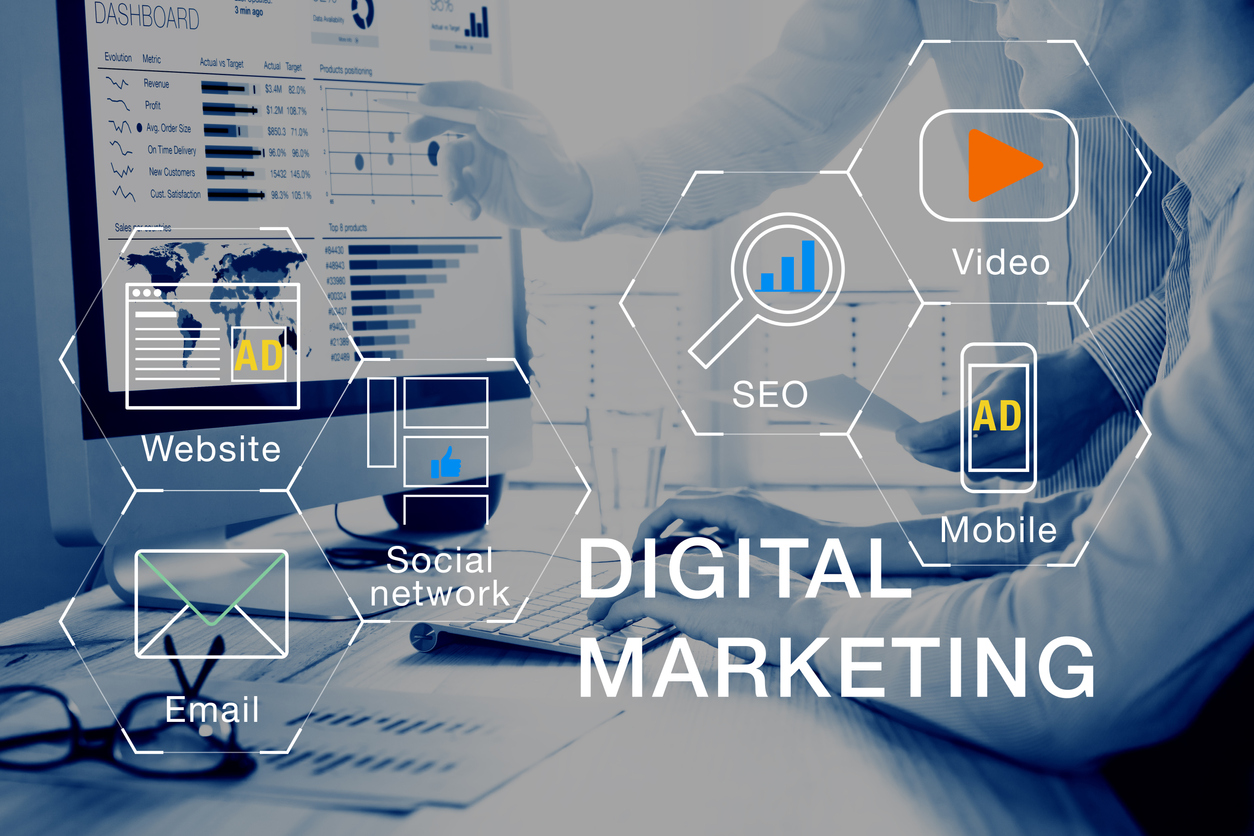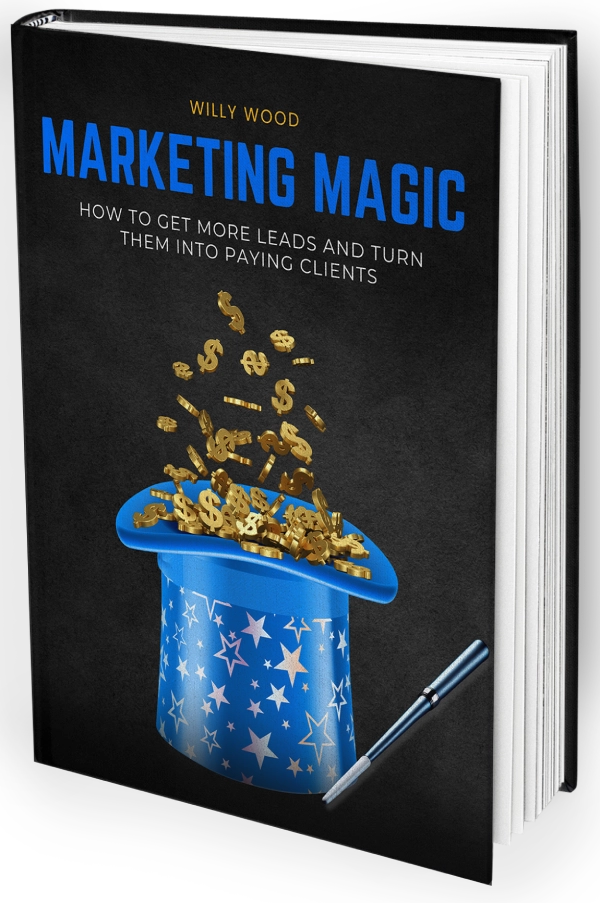When I was young, I remember going out “fishing” with my father and grandfather. Why do I put the word “fishing” in quotation marks? Well, because their definition of fishing wasn’t exactly the same as most people’s.
You see, on the way out to my father and grandfather’s “fishing” spots, we’d pass any number of people fishing off the banks of the nearby ponds and streams. These people would have the equipment and use the methodology most people imagine when they think of fishing: a fishing pole; a tackle box with an assortment of line, hooks, and fishing lures; some kind of bait, if they were using live bait; and a stringer and/or cooler to keep the fish they’d caught until time to head home.
That wasn’t the way my father and grandfather fished. We would drive past all these traditional fishermen on our way to the secret spots where my father and grandfather had placed and baited their nets.
I can hear you now: “Nets? Did you say, ‘Nets’?” That’s right. Nets.
That’s because their way of fishing wasn’t the traditional way. It probably wasn’t even technically the legal way (OK, I’m pretty sure it was illegal). But you know what? They caught a whole lot more fish than those folks with the poles. All they had to do was haul the nets up, throw the fish in the cooler, and reset and re-bait the nets for the next “fishing” trip.
It’s kind of like the difference between the way most educational consultants look for clients and the way the smart consultants do it.
Most consultants “fish” for clients by focusing on one lead at a time, casting out their “bait” (product and service options), and hoping to land that client. And then they start over with the next lead. That approach is time-consuming, exhausting, and generally not very successful.
But smart consultants do things differently. First of all, they know the power of having an in-house e-mail list that they can contact anytime they have something to offer. And knowing the importance of a mailing list, they employ a simple four (or five) step process that delivers a steady stream of new prospects onto their lists and builds relationships with those prospective clients until the time is right for that prospective client to contact the consultant and hire him or her.
Here’s the four (or five) step process these smart consultants use. There are other bells and whistles that can be added to this process, but these are the basics:
Step One: Have a Lead Generation “Magnet”
In the internet marketing world, there’s a common saying: “The money’s in the list.” What they mean is that a business’s in-house e-mail list is the very foundation for their marketing efforts.
You’ve developed a new workshop you want people to know about? Announce it to your list and they’ll spread the word to their own contacts. You have a new blog post or e-book coming out? Announce it to your list and watch your traffic and sales soar. You’re planning a training event and want to pump up attendance? Announce it to your list and watch the numbers jump.
So yeah, a good in-house e-mail list is a “must have” for any educational consulting business…but how do you get people to sign up?
Well, in today’s online marketing world, consumers are savvy. Every website they land on and seemingly every e-mail they open is trying to sell them something. And they’ve become wary.
That’s why it’s crucial that you offer people something in exchange for them signing up for your list. Gone are the days you could just put a blank opt-in form on your website and say, “Want my free newsletter? Fill in the form.” Do that today and you know how many people will sign up? Zero. Zilch. Nada.
But if the material you offer on your site is of interest to your site visitor, and if you offer them a free special report or white paper of some type that’s substantial and that offers solid, actionable advice to help them solve their problem(s), many of your visitors will fill in your form to get the report.
But note the key words in the paragraph above: “Free”—people don’t expect to pay to join someone’s list, even if they are getting something in return; “substantial”—a little six-page glorified pamphlet is not going to do; and “actionable”—people want something that they can use to start solving their problem(s) right now. Give your site visitors those three things and you know what you’re giving them? Value. And that’s usually worth signing up for your list.
Step Two: Have a Good E-mail Program to Capture and Manage Your Opt-Ins
Now, of course, if you’re going to have an opt-in form on your website, that form is going to be linked to a list you’ve created in an e-mail management program. I use and like Mail Chimp and have found it to offer all the functionality I need for my business and found it to be (relatively) easy to use. The only reason I say “relatively” is that I’m not the most “techy” person around, so any software can be challenging to me at times.
If you prefer to use AWeber or Constant Contact or any of the other programs out there, that’s fine. Whatever you’re comfortable with.
The important thing is that whatever program you use imports your sign-ups immediately to the e-mail list you’ve set up for your business and tags them appropriately as a new subscriber. And, of course, that you have it set up to immediately deliver the special report “freebie” you offered people for their contact information (see the next step).
Step Three: Have an Autoresponder Sequence of E-mails to Build Relationships and Sell Prospective Clients on Your Services
When people sign up for your list, you want to send them an immediate Welcome message, thanking them for joining your group. You also need to deliver to them the freebie you offered. This is a simple thing to do in any e-mail management program.
For example, in Mail Chimp, you can write a single Welcome e-mail for your new opt-ins, upload a PDF of your freebie into the program’s media library, and put a link in the e-mail to the PDF. The program will take care of everything automatically from that point forward.
A new person fills out your form and hits the button and boom!, they get your Welcome e-mail right away with the link to your freebie. You’ve delivered the valuable free report you offered, and the new opt-in is automatically added to your list.
But if you stop there (as many consultants do), you’re missing the magic of what an e-mail program like Mail Chimp can do for your business.
You see, there’s another step you need to take to really start building solid relationships with these new sign-ups and to give them more information about the products and/or services you offer, and that step is to write an “onboarding” autoresponder sequence of e-mails to be delivered to every new opt-in.
What’s an autoresponder sequence? It’s simply a carefully-designed sequence of e-mails that are delivered to your new sign-ups on a predetermined schedule.
Here’s how it works: Someone fills in your form and hits “submit.” They are immediately added to your mailing list and sent your first (Welcome) e-mail, with the link to the free special report, as I’ve already described. BUT, instead of that being the end of the process, it’s just the beginning.
Let’s say you’ve set up a series of seven e-mails (that’s pretty standard) in your autoresponder sequence. Your Welcome e-mail is the first e-mail in the series. But then, let’s say you’ve set your second e-mail to be delivered 24 hours after your first one. And then your third e-mail to be delivered two days after the second one, etc.
So, over the course of two or three weeks, your new opt-in is going to get your series of seven e-mails, giving him more information about you and your services, and perhaps giving your opt-ins more free stuff. As a result, you quickly build a good relationship with the new people on your list, meaning that they will be more likely to stay on your list for a long time and making it more likely that they will eventually become paying clients.
And you know the best part of this whole process? You write those seven e-mails once and set up the timing of delivery once, and you never have to do it again (unless you want to make changes to the e-mails). It’s a beautiful thing!
Step Four: Use Consistent E-Mail Marketing to Continue to Nurture These Relationships—Until They’re Ready to Buy
As detailed above, your autoresponder sequence can go a long way toward building strong initial relationships with your new opt-ins. But, like any relationship, these new relationships need to be nurtured over time or they will decay. This is why you need to continue to e-mail your list regularly after the autoresponder sequence has ended. These e-mails can be “salesy” e-mails where you ask your list members to sign up for your webinar or buy your new book, or they can just be more relationship building e-mails, letting them know what you’re up to, giving them more good, free content, etc.
You see, when it comes to e-mail marketing, it’s important to play the “long game.” That is, many people who join your list aren’t in a position to become a client for your services or a buyer of your products right now.
One new sign-up may be a principal or PD chair, someone who has the authority to hire you, but maybe the timing’s just not right at the moment. If you stay in touch with this person and keep the relationship strong over the long haul, he may eventually be in a position to hire you, and at that time, you’ll be “top of mind.”
Maybe your new opt-in is a classroom teacher who has no authority to hire you. But if you keep the relationship strong over the long term, she might recommend you to the appropriate decision maker in the district. Or (an even longer game) this teacher likes your material so much that she stays on your list for several years, at which point she gets promoted and becomes the decision maker. Then guess what? You’ll be the first person she thinks of hiring to do PD in her school or district.
The point is, you never know what’s going on in the lives of your sign-ups, but if you build a strong relationship from the get go and continue to nurture that relationship over time, you’ll have a steady source of work “bubbling up” from your list.
Step Five (Optional): Hire a Professional Marketer/Copywriter to Do Most of This for You
Now, nothing I’ve laid out above is rocket science. It’s just a proven step-by-step process that successful businesses use to build their e-mail lists and grow relationships with those people. And you could do all of this yourself. All it takes is some time and effort, and maybe some training in the specific writing strategies used in e-mail marketing.
But (WARNING: Shameless self-promotion alert!) you don’t have to do this all yourself.
You may already be aware that having an in-house e-mail list is crucial for business success today. You may already be aware that people expect to receive some helpful information in return for their contact information. And you may already be aware that smart businesses build strong relationships with their e-mail lists through regular communications.
You may be aware of all of that already—but maybe you haven’t yet taken action to get all of this up and running in your business. If that’s the case, you’re probably procrastinating for one of two reasons:
- Either you don’t know how to technically set everything up to get opt-ins and get them added to your list, get the freebie you promised delivered to them, and get your e-mails (autoresponder and on-going) delivered to them, or…
- You can figure out the technical stuff (or get help with setting it up), but you either don’t have the time, or the inclination, or the writing skills necessary to write the content.
If your challenge is the technical challenge of getting it all set up, but you’re OK with doing the writing, then that’s an easy one to solve. There are all kinds of people out there who would be happy to help you get this all set up (for a fee, of course), and there are helpful videos on all of the e-mail platforms, as well as on YouTube, that can walk you through everything step-by-step.
On the other hand, if your challenge is with the writing, that’s where I come in. You see, I offer a variety of services for educational consultants to help make their businesses more successful. Among those services are the writing of special reports (“lead generation magnets”), autoresponder sequences, and on-going e-mail marketing.
If you’re interested in learning more about how I can help your business in this regard, head over to the Building Relationships page on the site and look around. I’d be happy to help!
It’s time to stop fishing with a pole and worms. Start using a net (it’s entirely legal in this case!) and catch as many “fish” as your business can handle!





